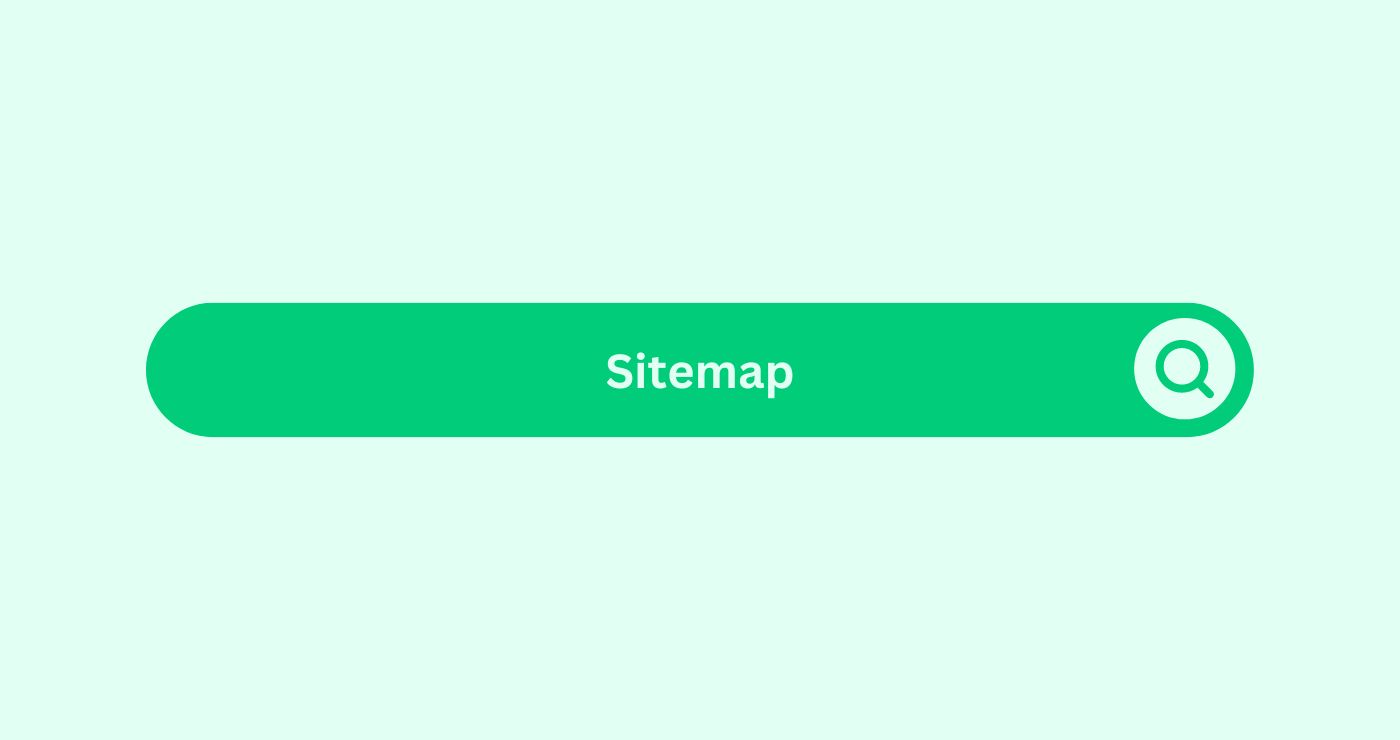Definition
A site map is a file that lists all the pages of a website for search engines to crawl efficiently, showing page hierarchy and metadata like last modified dates.
How you can use
An XML sitemap is commonly used to submit to search engines like Google to ensure all pages of a website are discovered and indexed. Providing search engines with a roadmap of the site’s content helps improve visibility and accessibilityDefinition Accessibility refers to the design and developmen... for both users and search engine botsDefinition Bots, or robots in SEO, are automated software th....
Key Takeaways
- Improved CrawlingWhat is crawling in the context of SEO? Monitor SERP metrics...: A well-structured site map helps search engine crawlersDefinition Crawlers, or spiders, are search engine tools tha... navigate and index a website more efficiently.
- Enhanced IndexingDefinition Indexing in content marketing involves search eng...: By providing metadata about each page, a site map ensures that search engines understand the relevanceDefinition In SEO, relevance refers to the degree to which a... and importance of different pages.
- Boosted Visibility: Sites with XML sitemaps are more likely to have all their pages indexed, leading to better visibility in search engine results.
- Error Identification: Site maps can highlight crawl errors and identify pages that may be inaccessible or blocked by robots.txtDefinition Search engine crawlers use directives from Robots....
- Dynamic Updates: It’s important to regularly update and resubmit site maps, especially for large websites or those with frequently changing content, to keep search engines informed about new pages and updates.
FAQs
What is the difference between HTML and XML sitemaps?
HTML sitemaps are designed for users to navigate a website, while XML sitemaps are for search engines to understand the site's structure and index its content.
How can I create a site map for my website?
You can manually create an XML sitemap using various tools or pluginsDefinition SEO plugins enhance CMS or web browsers with feat..., or generate it dynamically through your CMS or website platform.
How often should I update my site map?
Site maps should be updated whenever there are significant changes to your website's content or structure. It's recommended to submit an updated sitemap to search engines regularly.
Are there size limitations for site maps?
Yes, XML sitemaps have size limitations imposed by search engines. Google, for example, recommends keeping each sitemap file under 50MB and containing a maximum of 50,000 URLs.
Do I need a site map for every language or version of my website?
Yes, if your website has multiple language versions or subdomains, it's best practice to create separate sitemaps for each to ensure comprehensive indexingDefinition Indexing in content marketing involves search eng....
Can I include images or videos in my XML sitemap?
Yes, you can include images and videos in your XML sitemap by adding appropriate tags and metadata for multimediaDefinition Multimedia refers to the use of various content f... content.
Are there any SEO benefits to having a site map?
Yes, having a comprehensive XML sitemap can improve your website's crawlability, indexingDefinition Indexing in content marketing involves search eng..., and overall visibility in search engine results pages (SERPs).
How can I check if my site map is properly configured and submitted?
You can use tools like Google Search ConsoleDefinition Google Search Console is a free web service from ... to check for any errors or warnings related to your submitted site map.
Should I include every page on my website in the site map?
It's generally recommended to include all pages that you want search engines to index and rank, but you can exclude pages that are low-quality or have noindex tags.
Can I prioritise certain pages in my site map for crawling?
Yes, you can use priority and change frequencyDefinition Frequency in Social Media Marketing refers to the... tags in your XML sitemap to indicate the importance and update frequencyDefinition Frequency in Social Media Marketing refers to the... of different pages, although search engines may not always follow these directives.




